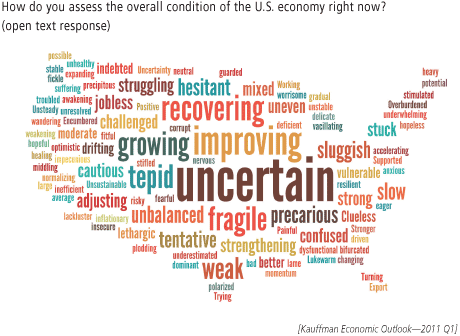Belmont and Lipscomb universities are just a few miles apart along Belmont Boulevard and are both part of the Atlantic-Sun athletic conference. Over the years and intense rivalry has developed between the schools, which reaches a crescendo each year during basketball season.
While the Battle of the Boulevard — as this rivalry is known — continues between their basketball teams, one group of student athletes has called a truce for the sake of launching a new business.
Two Belmont tennis players have joined forces with a member of the Lipscomb tennis team to start Mydormfood.com, an online grocery store geared toward college students with empty cupboards in their dorm rooms or apartments.
Jonathan Murrell, a sophomore finance major at Belmont University, came up with the idea.
“I kept finding my friends paying three times as much for food on campus compared to what it would cost at bulk stores.”
Jonathan developed his business model the right way. Rather than jump directly into writing a formal plan, first he talked with potential customers, some friends and other students to gauge the validity of the concept.
He also assessed what he needed to get the startup launched. What he needed most was help.
He also realized that he needed people with other skills. Jonathan approached his older brother James, a marketing major at Lipscomb University, and Bruno Silva, a teammate on the Belmont tennis team.
After a few planning meetings, the trio decided that this new idea was worth going for. James would take on the shipping and marketing. Bruno would manage the inventory and accounting. Jonathan would oversee the site and customers.
So, the company was born with three tennis players from rival schools coming together.
They soon realized that their original business model was not quite right. Instead of students being the primary target market, they soon learned, most orders were coming from parents.
So, they adjusted their product. They created two options: gift cards so students could shop for themselves, and pre-made care packages delivered directly to customers’ doors.
Bootstrapping is a big part of their startup. Jonathan’s and James’ oldest brother recently moved out of their house to pursue graduate work in history at Oxford. So, their mother agreed to let them use his office as a makeshift warehouse.
“We removed all the old manuscripts from his bookshelves and replaced them with Pop-Tarts and potato chips,” Jonathan said.
They also developed their own website, which saved them thousands of dollars in development costs. They used an online legal site to set up their LLC.
While they have high hopes for their new venture, they took care to protect their downside risk.
“We ended up making our inventory purchasing decisions based on what we would be willing to eat if the business failed. If it doesn’t work out, let’s just say I’ll be eating mac and cheese, cup noodles and Skittles for a very long time.”
But if they succeed, their effort will be known as the Joint Venture of the Boulevard.

